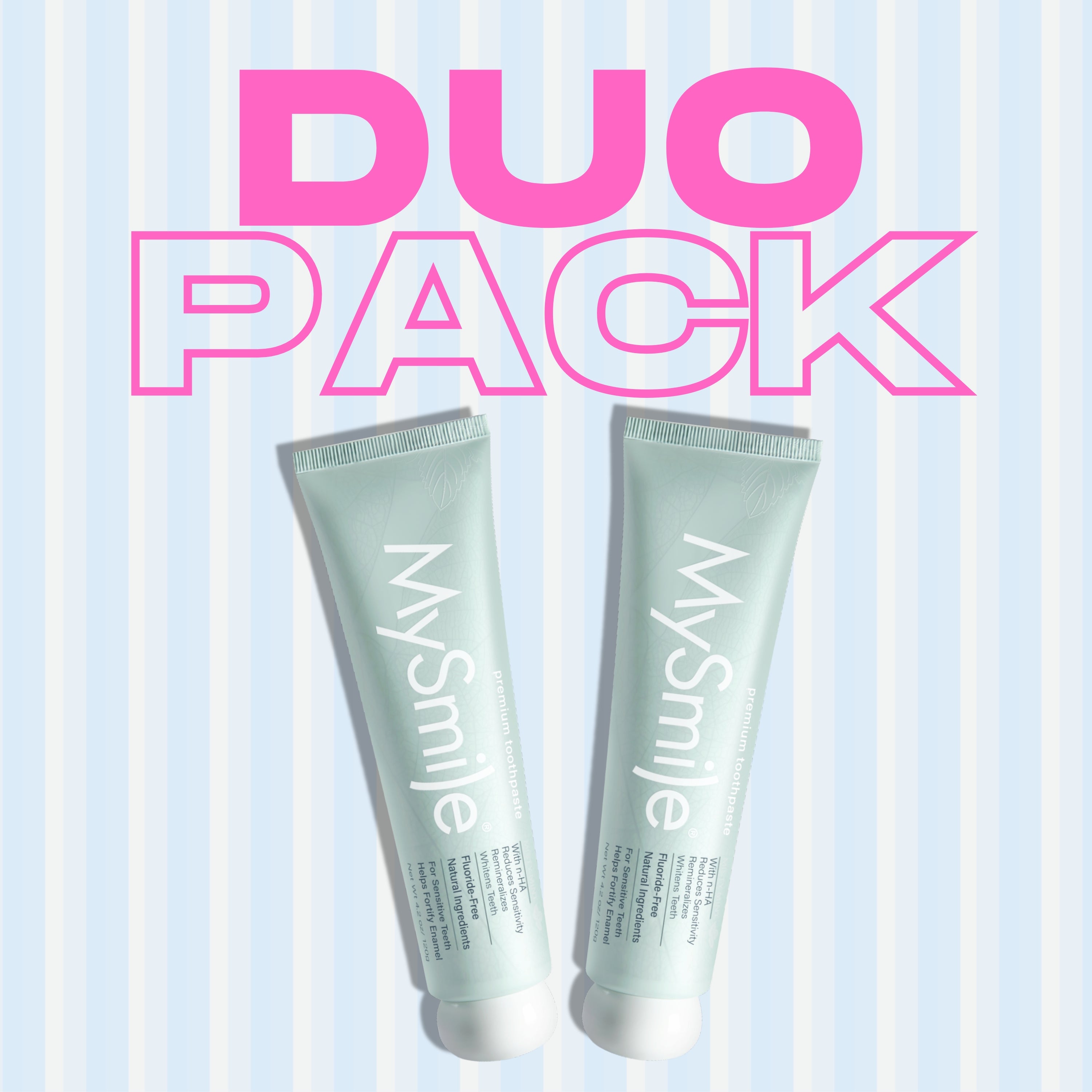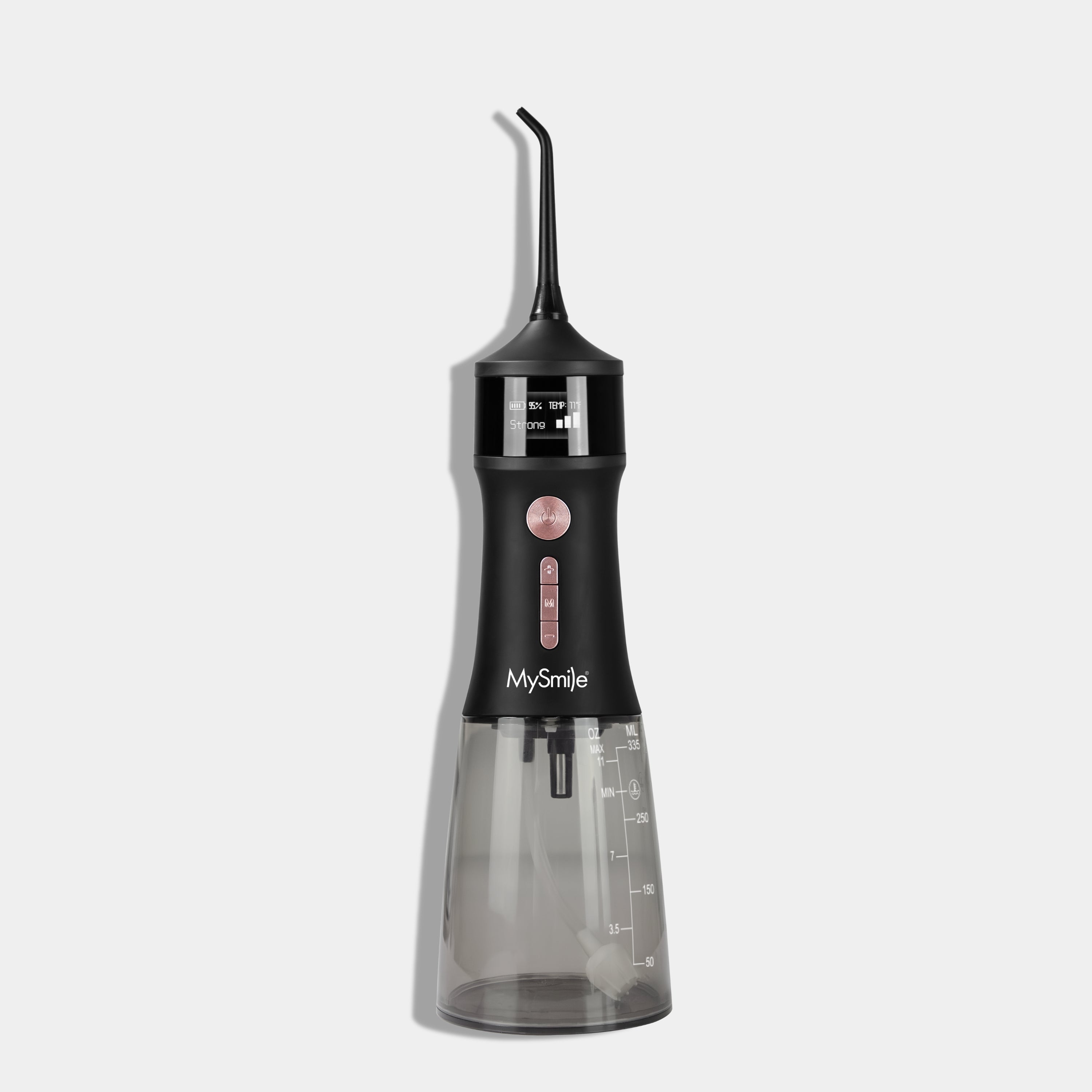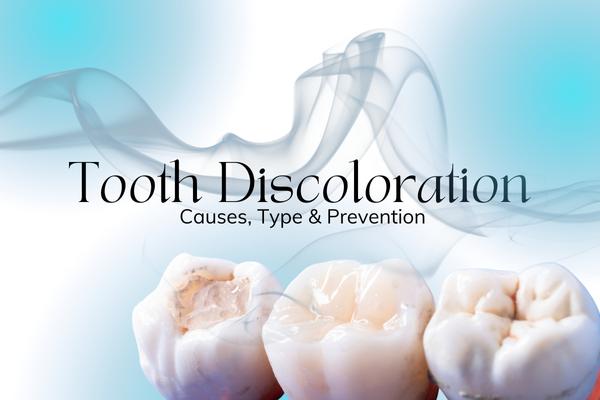Teeth discoloration is a common dental concern that affects people of all ages. It can occur due to various internal and external factors, leading to stains, yellowing, or an overall dull appearance. If you are wondering what causes teeth discoloration and how to restore your pearly whites, this guide covers everything you need to know, from causes and types to effective treatments.
What Is Teeth Discoloration?
Teeth discoloration refers to the visible changes in the color of your teeth. It can manifest as yellowing, brown or black stains, or even white spots. Discolored teeth can be caused by lifestyle habits, medical conditions, or aging

What Causes Teeth Discoloration?
Several factors contribute to teeth discoloration, including lifestyle habits, medical conditions, and natural aging. Here are the most common causes:
-
Food and Beverages: Coffee, tea, red wine, and dark-colored sodas can stain teeth over time.
-
Smoking and Tobacco Use: Nicotine and tar in tobacco products cause yellow and brown stains.
-
Poor Oral Hygiene: Inadequate brushing and flossing lead to plaque buildup, which can cause discoloration.
-
Aging: The enamel wears down with age, revealing the yellowish dentin underneath.
-
Medications: Certain antibiotics, antihistamines, and chemotherapy drugs can cause discoloration.
-
Fluorosis: Excess fluoride during childhood can lead to white or brown spots on teeth.
-
Genetics: Some people naturally have thicker or brighter enamel than others.
-
Medical Conditions: Diseases affecting enamel and dentin development can cause discoloration.

Types of Teeth Discoloration
Teeth discoloration can be categorized into three main types:
-
Extrinsic Discoloration – Surface stains caused by foods, beverages, and smoking. These can often be removed with whitening products.
-
Intrinsic Discoloration – Discoloration from within the tooth due to trauma, medications, or excessive fluoride.
-
Age-Related Discoloration – A combination of extrinsic and intrinsic factors, as enamel thins over time, exposing the yellow dentin.
How to Fix Discolored Teeth
If you’re looking for how to fix discolored teeth, there are several effective treatment options:
Professional Treatments
-
In-Office Teeth Whitening: Professional bleaching treatments provide instant results.
-
Dental Veneers: Thin porcelain covers that mask discoloration.
-
Bonding: Tooth-colored resin applied to the tooth surface to improve color.
-
Microabrasion: A technique that removes a thin enamel layer to eliminate stains.
At-Home Remedies
-
Whitening Toothpaste & Strips: Designed for daily stain removal.
-
Baking Soda & Hydrogen Peroxide: A natural whitening solution (use sparingly to avoid enamel damage).
-
Oil Pulling: Swishing coconut or sesame oil can help remove surface stains.
Does Green Tea Discolor Teeth?
A common concern is does green tea discolor teeth? The answer is yes—although it’s a healthier alternative to coffee, green tea contains tannins that can stain teeth over time. Rinsing your mouth after drinking tea and maintaining good oral hygiene can help prevent staining.

Sudden Discoloration of Teeth: What to Do?
If you notice sudden discoloration of teeth, consult a dentist immediately. This could indicate an underlying health issue, such as:
-
Tooth decay
-
Trauma or injury
-
Medication side effects
-
Infections
How to Fix Discolored Teeth
Restoring your teeth’s brightness depends on the type and severity of the discoloration. Here are some effective solutions:
1. At-Home Teeth Whitening Solutions
Using over-the-counter whitening products can significantly improve mild discoloration. Popular options include:
-
MySmile Teeth Whitening Strips – These easy-to-use strips adhere to your teeth and remove stains effectively within days.
-
MySmile Teeth Whitening Pens – A convenient option for touch-ups, these pens provide quick whitening on the go.
-
MySmile Teeth Whitening Kits – These complete kits include LED light technology to enhance whitening results at home.
2. Professional Whitening Treatments
For deeper stains, professional treatments provide longer-lasting results. Options include:
-
In-Office Whitening – Dentists use high-concentration bleaching agents and laser technology to brighten teeth instantly.
-
Custom Whitening Trays – A take-home option provided by dentists, offering better results than OTC products.
-
Microabrasion – A procedure that removes surface stains and enamel irregularities.
3. Dental Procedures for Severe Cases
If stains are resistant to whitening, additional dental treatments may be required:
-
Veneers – Thin porcelain shells placed over teeth for a permanently white appearance.
-
Bonding – A resin applied to teeth to mask discoloration.
-
Crowns – Used for teeth with severe intrinsic discoloration.
Preventing Teeth Discoloration
To maintain a bright smile, follow these preventive measures:
-
Brush Twice Daily: Use fluoride toothpaste and brush for at least two minutes.
-
Floss Regularly: Removes plaque and prevents stains between teeth.
-
Limit Staining Foods & Drinks: Reduce coffee, tea, and red wine consumption.
-
Use a Straw: Helps minimize direct contact with staining beverages.
-
Quit Smoking: Reduces yellowing and improves overall oral health.
-
Schedule Regular Dental Cleanings: Professional cleanings remove plaque and minor stains.
Conclusion
Teeth discoloration is a widespread issue, but with proper care and treatment, you can achieve a whiter, healthier smile. Understanding what causes white discoloration on teeth, what is mottling and discoloring of the teeth known as, and the best solutions for how to fix discolored teeth will help you make informed decisions for your oral health. Using MySmile teeth whitening products, including whitening strips, pens, and kits, can effectively brighten your smile. If discoloration persists, visit a dentist for professional advice and treatment options.









